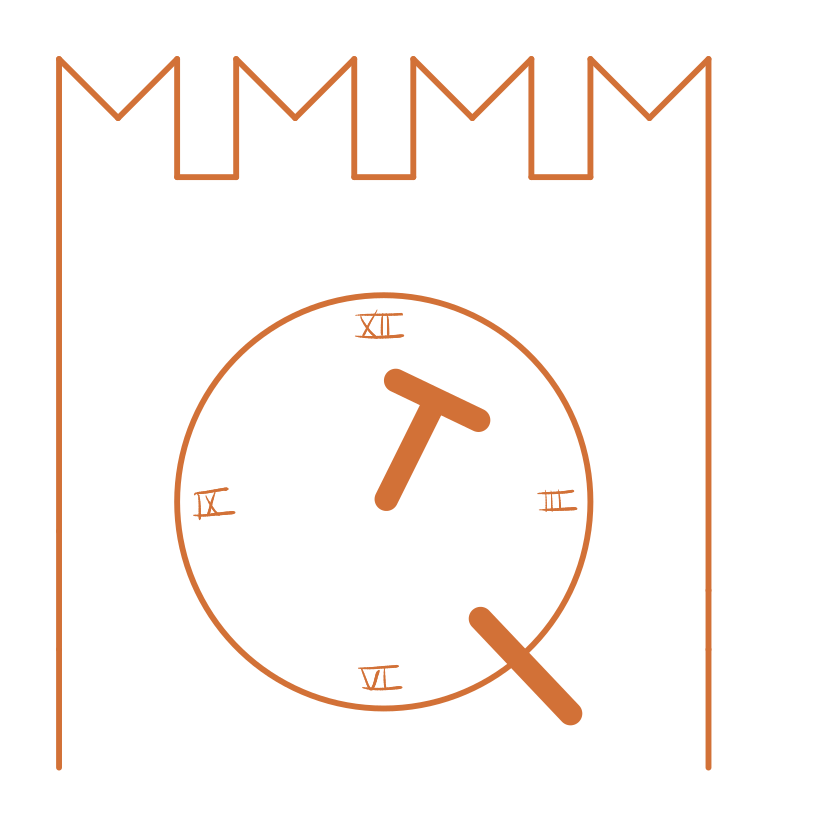INCONTRO INdAM a Cortona

qt-Combinatorics in Algebra, Geometry and Topology in Cortona
The aim of this workshop is to bring together experts whose research involves the q,t-Combinatorics arising from the theory of Macdonald symmetric functions (often via plethystic operators) and its many interactions with Algebra (diagonal coinvariants, Hecke algebras, elliptic Hall algebras, etc.), Geometry (Hilbert schemes, Springer fibers, positroid varieties, etc.) and Topology (knot homology, HOMFLY-PT polynomials, etc.).
Organizing committee:
